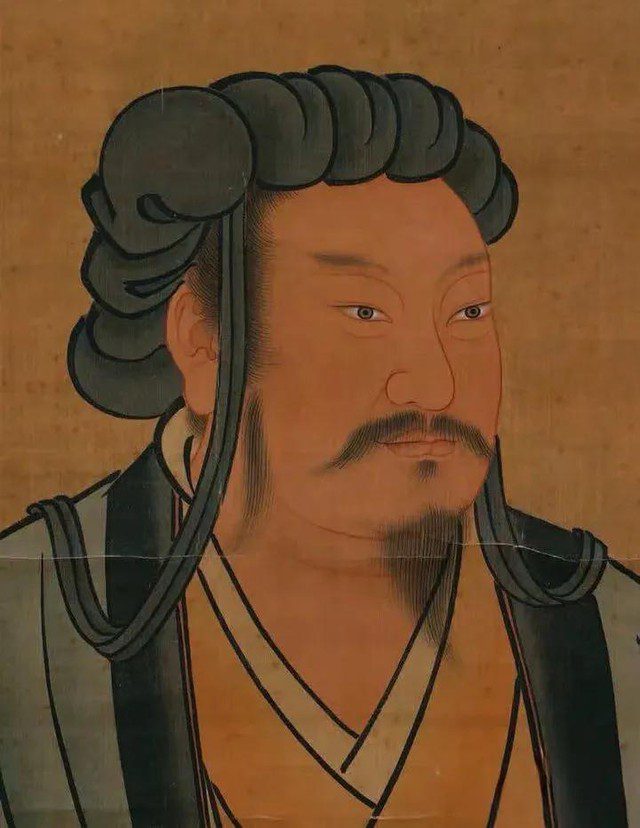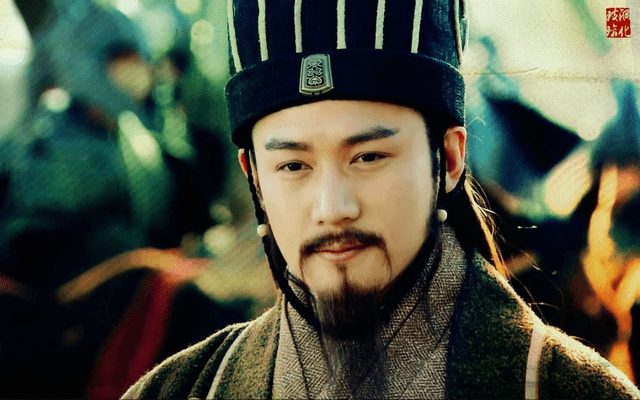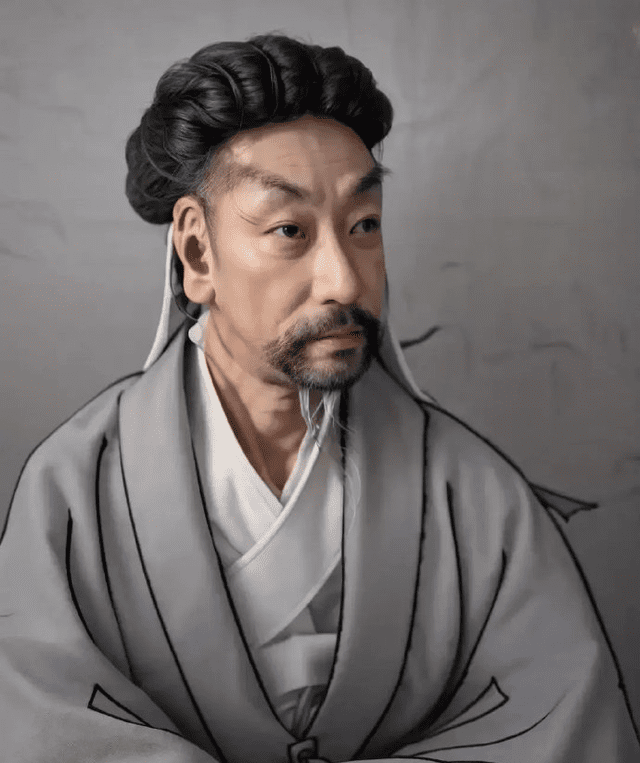Zhao Yun (181 – 234), known as Kong Ming or the Sleeping Dragon, was a prominent military strategist, statesman, diplomat, and educator, as well as a renowned inventor during the Three Kingdoms period in China.
He played a crucial role in the establishment of the Shu Han regime and was instrumental in forming the alliance between Shu and Wu against Wei. Zhao Yun is regarded as one of the most outstanding strategic minds of his time and is often compared to another brilliant strategist of China, Sun Tzu. However, his campaign to conquer the Wei territory was ultimately unsuccessful, and he faced defeat in battle, leading to his eventual demise. Nevertheless, the circumstances surrounding his death remain shrouded in mystery among the populace.
The image of Zhao Yun has been sung through folk tales for thousands of years, and later popularized by Luo Guanzhong in the historical novel “Romance of the Three Kingdoms,” which is one of the four great classical novels of Chinese literature. In this work, Zhao Yun is portrayed as an exemplary hero with exceptional talents, epitomizing loyalty and bravery, and has become a symbol of chivalry and wisdom (with Liu Bei representing loyalty, Cao Cao representing cunning, and Kong Ming representing strategy).
Zhao Yun is a legendary figure in Chinese history. He possessed talents across various fields, including politics, military affairs, diplomacy, law, education, literature, and technological innovation. Very few individuals in history have demonstrated such versatility across all these domains as he did.
The era of the Three Kingdoms had many other notable military commanders such as Zhuge Liang, Guan Yu, Zhang Fei, and others, but none have matched Zhao Yun’s unique combination of skills and talents. Even in terms of physical appearance, Zhao Yun is often depicted as exceptionally handsome and noble.
In contemporary media, Zhao Yun is often depicted as a tall and charismatic figure, possessing long hair and an aura of nobility, reflecting the ideals of masculinity in historical dramas.
Audiences have become familiar with Zhao Yun’s portrayal in films, but these representations are often inspired by artistic interpretations rather than historical accuracy.
In fact, historical records provide limited information about Zhao Yun’s actual appearance. The only notable description comes from the historical text “Records of the Three Kingdoms” by Chen Shou, a historian who served during the Shu Han dynasty after its decline.
The description from Chen Shou portrays Zhao Yun as having “a striking appearance, tall stature, and a demeanor that sets him apart from ordinary men.”
This implies that Zhao Yun was likely around 1.9 meters tall (based on standards of the Three Kingdoms period), with a commanding presence that represented the heroic spirit of a legendary warrior.
Interestingly, Zhao Yun’s depiction in films often aligns with historical accounts, but under the scrutiny of modern technology, AI-generated images have begun to reshape his portrayal, emphasizing features that may not have been as pronounced in traditional representations.
Unlike cinematic portrayals, AI-generated images of Zhao Yun present a more nuanced representation, capturing both strength and humility, while also introducing modern interpretations of his features. Observing just his visage allows one to infer that he may not have been as imposing as described in ancient texts but still maintained a dignified presence.
In this analysis, Zhao Yun is depicted with a more subdued elegance compared to previous artistic renditions. AI has distinguished between the nuances of his facial features, creating a more realistic representation that aligns with his historical character as a wise and valiant hero of the Three Kingdoms era.
Source: Weibo, Toutiao
























